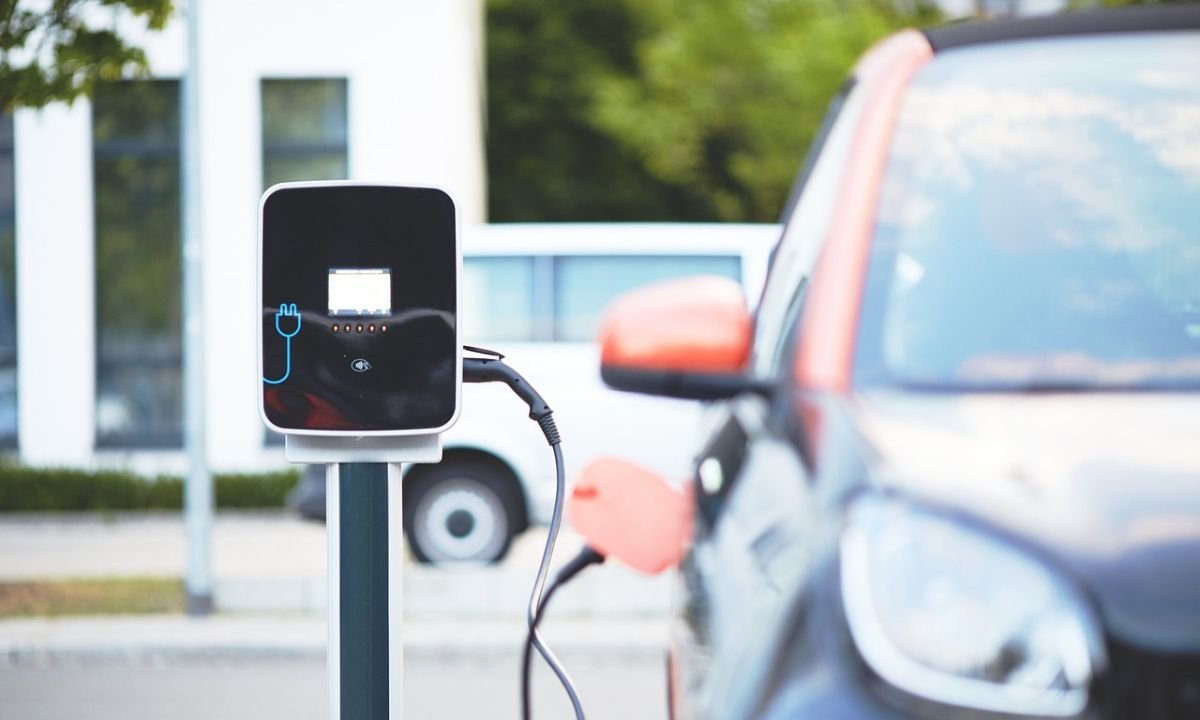Key Takeaways:
- Environmental concerns and technological advancements are driving the increased popularity of hybrid and electric vehicles.
- Understanding the benefits and challenges of hybrid and electric vehicles can help consumers make informed choices.
- The future of transportation is likely to be heavily influenced by these green technologies.
Why Hybrid and Electric Vehicles Are Trending
The automotive industry is transforming significantly, with hybrid and electric vehicles becoming more prevalent worldwide. Environmental issues such as air pollution and climate change drive this transition, causing customers to seek sustainable transportation options. Government policies and incentives are also crucial in accelerating this transition. Potential buyers can thus feel more confident as they browse our inventory for possibilities that align with their environmental values and financial goals.
Understanding Hybrid Vehicles
Hybrid vehicles combine traditional combustion engines with electric motors, improving fuel economy and cost savings. They also contribute to cleaner air by emitting fewer greenhouse gases. Hybrid vehicles provide a smoother driving experience and reduce emissions. However, to optimize their ownership experience, consumers should consider higher initial purchase prices and maintenance specifications.
Exploring Electric Vehicles (EVs)
Electric vehicles (EVs) are a sustainable transportation option due to their simplicity, lower maintenance costs, and reduced air pollution. However, charging infrastructure is crucial for long-distance travel. Despite global charging stations expanding, understanding charging requirements is essential. Government support and policy initiatives can be found in resources like the Energy Department’s overview of electric vehicle policies, providing a comprehensive view of support for transitioning to electric mobility.
Comparing Costs and Benefits
When choosing a hybrid or electric vehicle, consider the overall cost of ownership. While upfront costs may be higher than traditional vehicles, long-term savings include lower fuel costs, fewer maintenance needs, and reduced environmental impact. Financial incentives, like federal and state tax credits, can further reduce initial expenses, making these vehicles more accessible. Researching rebates and incentives in your region can help mitigate higher purchase prices and bring more savings.
Technological Advances and Innovations
The hybrid and electric vehicle industry is undergoing rapid technological advancements, with improved battery technologies increasing energy densities, reducing charging times, and extending vehicle ranges. These innovations address consumer concerns about ease of use and practicality. Vehicle design is evolving to enhance aerodynamics, efficiency, and comfort while maintaining safety. Manufacturers are integrating innovative technologies like regenerative braking systems and energy recapture processes, demonstrating the importance of technological progress in the automotive sector.
Addressing Common Concerns
Consumer uncertainty surrounding hybrid and electric vehicles often stems from range anxiety, battery lifespan, and the car’s potential resale value. Range anxiety is the dread of running out of battery power before arriving at a charging station. This concern can be alleviated through careful planning and the availability of real-time data on charging station locations and availability. To address these concerns effectively, prospective buyers should thoroughly research the latest advancements in charging technology, such as fast-charging options and the growing network of public charging stations.
Furthermore, understanding the differences in battery life between various models, typically measured in miles per kilowatt-hour (kWh) for electric vehicles, can provide insights into how well a vehicle will perform over time. Investigating manufacturers’ warranties related to the battery, which can often last between eight to ten years or about 100,000 miles, is essential for assessing long-term value and reliability.
Additionally, planning efficient charging stops during longer trips and familiarity with different systems’ charging times can substantially mitigate range anxiety. With this information, purchasers can better decide on the vehicle’s expected lifespan, possible maintenance expenses, and overall performance. Considering all these factors will lead to a more confident investment in hybrid or electric cars.
Future of Transportation
The rise of hybrid and electric vehicles in the twenty-first century has substantially changed numerous aspects of transportation, urban planning, and economic dynamics. Technologies improve air quality by emitting considerably fewer pollutants than gasoline-powered vehicles. They also promote quieter streets, reducing noise pollution in urban environments. Additionally, the widespread adoption of electric vehicles (EVs) helps decrease our dependency on fossil fuels, mitigating the impacts of climate change and enhancing energy security.
As research and development in this field continue to advance, we are witnessing the emergence of new trends such as shared electric fleets, which facilitate accessible and eco-friendly transportation options for urban residents, and autonomous vehicle technologies, which promise to revolutionize mobility by improving safety and efficiency. Collectively, these innovations are steering us toward more sustainable, efficient, and innovative transportation systems that could reshape our cities and enhance the quality of life for their inhabitants.











